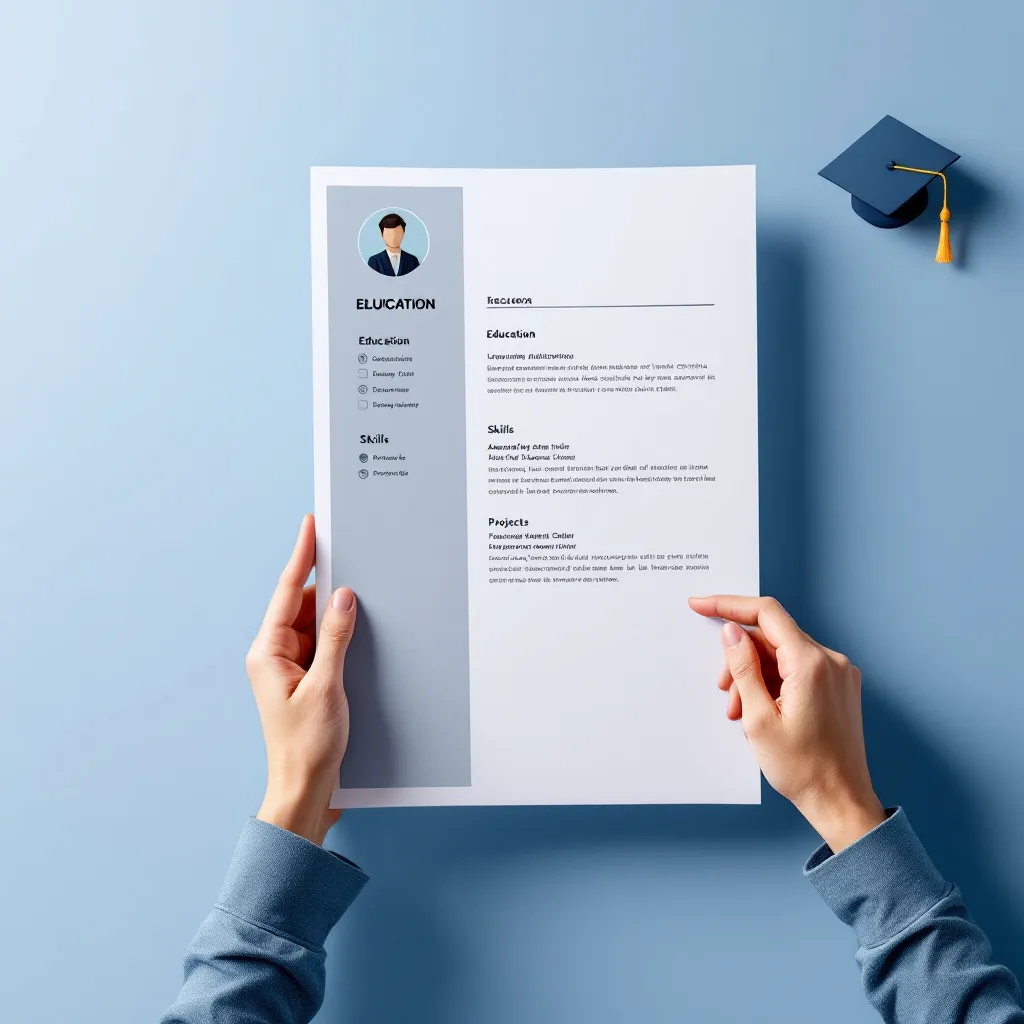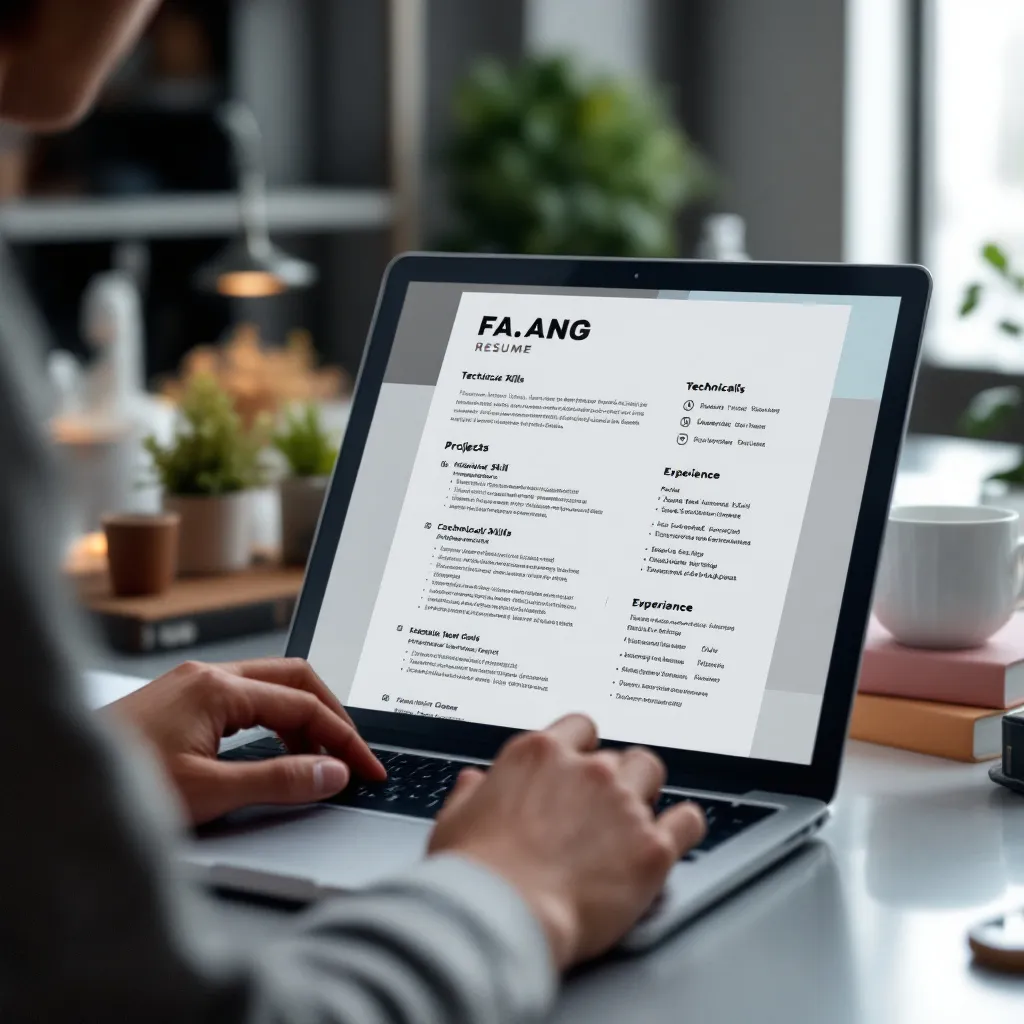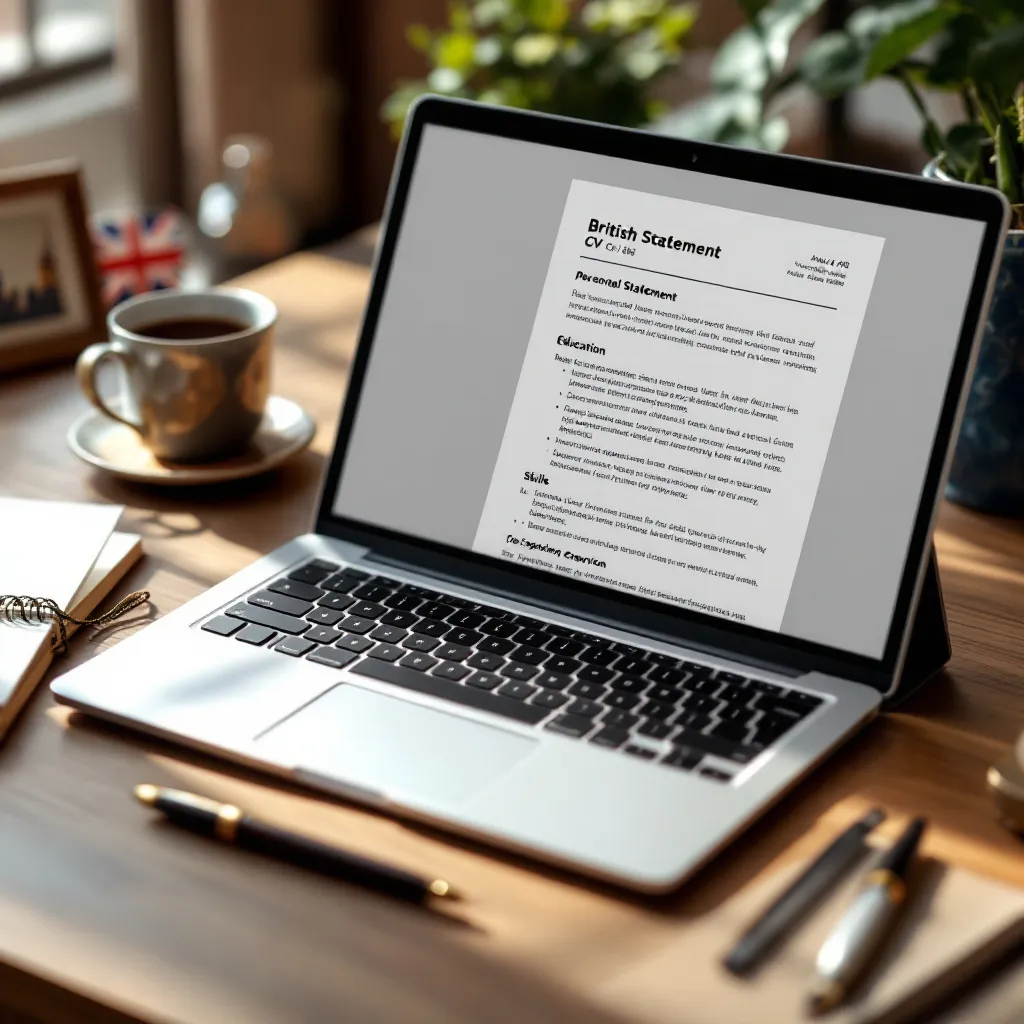Landing a job at Google is a dream for many professionals in tech and beyond. However, the tech giant’s notoriously selective hiring process requires a resume that stands out from thousands of applicants. This guide will walk you through creating a Google-optimized resume that showcases your skills and achievements in a way that resonates with their unique hiring philosophy.
Understanding Google’s Hiring Philosophy
Google approaches hiring differently than most companies. They employ a data-driven evaluation system that scores candidates on a 1-4 scale, assessing both technical capabilities and cultural alignment. The concept of “Googleyness” – which encompasses curiosity, collaboration, and comfort with ambiguity – plays a crucial role in their selection process.
Google also practices “quiet hiring,” rewarding employees who take initiative beyond their job descriptions. Their committee-based approach weighs employee referrals heavily, making networking with current Googlers particularly valuable.
When reviewing your resume, Google recruiters are looking for evidence of:
- Problem-solving abilities
- Leadership potential, even in junior roles
- Technical expertise relevant to the position
- Measurable impact in previous roles
Essential Elements of a Google Resume
The XYZ Achievement Framework
Google values accomplishments presented in a structured format. The XYZ framework is particularly effective:
Accomplished [X] as measured by [Y], by doing [Z]
For example:
- “Reduced page load time by 40% (Y) for the company’s main product (X) by implementing lazy loading and optimizing database queries (Z)”
- “Increased user engagement by 27% (Y) for mobile application (X) through redesigned UI and personalized content algorithms (Z)”
This structure clearly demonstrates your impact, providing Google recruiters with quantifiable evidence of your capabilities.
Technical Skills Presentation
For technical roles, your resume formatting should prominently feature relevant skills. Rather than listing every technology you’ve ever touched, focus on those most relevant to Google’s ecosystem:
TECHNICAL SKILLS
Languages: Python (expert), Java (advanced), JavaScript (intermediate)
Frameworks: TensorFlow, React, Django
Cloud: Google Cloud Platform, AWS
Tools: Git, Docker, Kubernetes
For non-technical positions, emphasize skills like data analysis, project management, or user research that align with Google’s analytical culture.
Project Descriptions That Impress
When describing projects, follow the Challenge-Action-Result format:
- Challenge: What problem were you trying to solve?
- Action: What specific steps did you take?
- Result: What measurable outcome did you achieve?
For example:
“Faced with declining user retention (Challenge), implemented A/B testing framework and analyzed user behavior patterns (Action), resulting in 22% improvement in 30-day retention and $1.2M additional annual revenue (Result).”
Real-World Google Resume Examples
Successful Google resumes share common characteristics regardless of the role:
Software Engineer Example:
EXPERIENCE
Senior Software Engineer | Technovate Inc.
- Architected and implemented microservice infrastructure reducing system latency by 65%
- Led team of 5 engineers to deliver critical payment processing feature on time, increasing transaction capacity by 300%
- Contributed to open-source Kubernetes project with 3 merged pull requests addressing security vulnerabilities
Product Manager Example:
EXPERIENCE
Product Manager | DataViz Solutions
- Drove product strategy resulting in 40% YoY growth and $3.2M in new revenue
- Coordinated cross-functional team of 12 across engineering, design, and marketing to launch mobile app with 100K downloads in first month
- Implemented data-driven decision framework reducing feature development cycle by 35%
Notice how both examples use strong action verbs, quantify achievements, and demonstrate leadership and collaboration—qualities Google actively seeks.
Tailoring Your Resume for Different Google Roles
Google hires for diverse positions requiring different emphasis:
| Role Type | Key Focus Areas |
|---|---|
| Engineering | System design, code efficiency, technical problem-solving |
| Product Management | User insights, strategic thinking, cross-functional leadership |
| UX/Design | User research, design thinking, measurable UX improvements |
| Marketing | Campaign results, audience growth, data-driven strategies |
Research the specific team and role you’re applying for. Google’s job descriptions contain valuable keywords that should appear naturally in your resume. Using American resume format samples can help ensure your document meets expectations.
Leveraging Google Tools
Ironically, Google’s own tools can help you create a resume that impresses their recruiters:
- Google Docs: Create clean, professional resume examples with built-in templates that ensure proper formatting
- Google Drive: Maintain version control as you refine your application
- Google Search: Research the specific Google team and recent projects
- Google Digital Garage: Add relevant Google certifications to your education section
While some job seekers consider using cool looking resumes with creative designs, Google generally prefers clean, straightforward formats that highlight substance over style.
Final Tips for Google Applications
- Keep it concise: One-page resumes are standard for most roles, with exceptions for very senior positions
- Optimize for ATS: Google uses applicant tracking systems – include relevant keywords from the job description
- Skip the objective statement: Use this valuable space for achievements instead
- Proofread meticulously: Attention to detail matters at Google
- Consider professional help: If you’re struggling, best cv writing services can provide expert guidance
Remember that your resume is just the first step. If it succeeds in getting you an interview, you’ll need to back up everything with detailed examples and technical expertise.
Conclusion
Creating a Google-ready resume requires showcasing your achievements in a quantifiable, structured format while demonstrating alignment with their culture of innovation and collaboration. By following these guidelines and studying successful resume examples, you’ll significantly improve your chances of making it through Google’s competitive screening process.
For personalized assistance tailoring your resume specifically for Google positions, consider using ResuFit to optimize your application. Our AI-powered tools can analyze your resume against Google’s requirements, suggesting improvements to increase your chances of landing that coveted interview.
Ready to create a Google-worthy resume? Start by quantifying your achievements and structuring them in the XYZ format that Google recruiters look for.




















